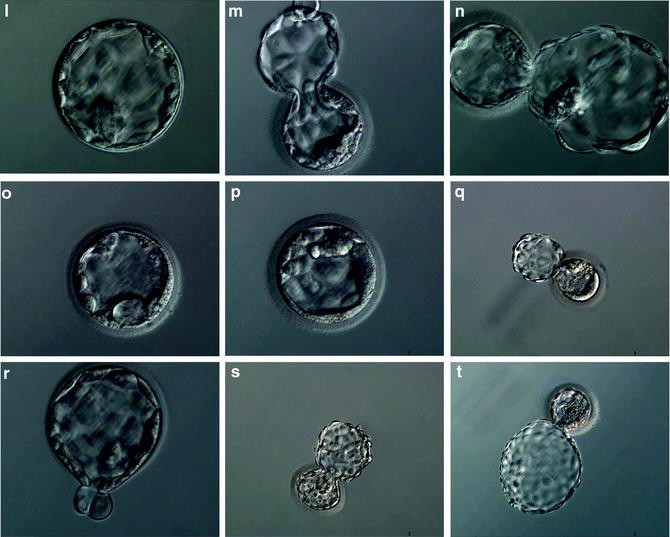
The dorsal blastopore lip is not only the point of entry of cells, but also sets the dorsal-ventral axis and marks the posterior of the embryo. The cells which are migrating into the embryo travel in through the dorsal blastopore lip. This region has rotated, the cortical(outer) cytoplasm rotates 30û, so that its location is between the animal and vegetal pole. The gray crescent is the region which is opposite from the location of sperm entry. Gastrulation initiates on the future dorsal side of the organism which is marked by the gray crescent. After the blastula has formed and the blastocoel, the hollow cavity inside the blastula, is present, then gastrulation begins. The earliest stages of Xenopus development after fertilization of the egg is characterized by the rapid cleavage of cells, which is holoblastic(uneven) due to the large concentration of yolk at the vegetal pole. Lithium is believed to be the cause these perturbations due to its ability to inhibit glycogen synthase kinase-ß(beta) which initiates developmental pathways. INTRODUCTION: When the developing embryos of many organisms, such as the lytechinus variegatus (sea urchin) and xenopus (frog), are treated with lithium chloride, they experience alterations or perturbations in development.

PURPOSE: The objective of this experiment is to study the effect of lithium chloride treatment on early blastula xenopus embryos. Justin A Spenillo, Franklin & Marshall College DEVELOPMENTAL EFFECTS OF LITHIUM CHLORIDE ON XENOPUS EMBRYOS


 0 kommentar(er)
0 kommentar(er)
